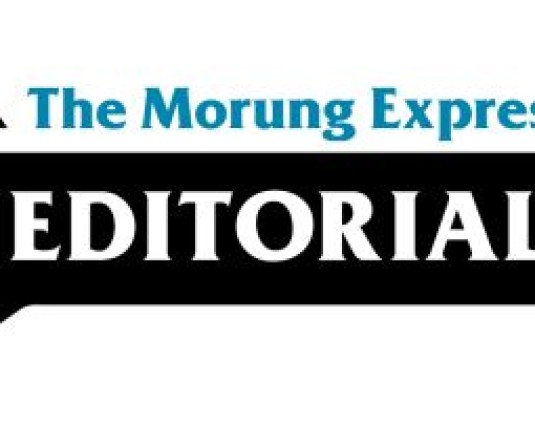
Moa Jamir
Over the years, the Common Review Missions (CRM) of the National Health Mission have become the most consistent mirror to Nagaland’s health system. However, from the first review during the 4th CRM in 2010 to the latest 17th CRM this month, one theme has remained strikingly constant: Nagaland has never struggled with community ownership and support, but it has struggled with a system strong enough to sustain that ownership.
Each CRM — the 4th, the 7th, the 10th, the 13th, the 15th, and now the 17th — has acknowledged similar strengths. Village councils, Community Based Organisations, Faith-Based Organisations and civil society have been key actors in building infrastructure, maintaining health units, and supporting service delivery, often voluntarily. The ASHA networks have remained largely motivated while the State possesses resilience and creativity even in hard terrain.
Another progress seen over the years is the establishment of the State’s first medical college, observed in one of the CRMs, while universal healthcare insurance, despite hiccups, has also been a significant step that many larger states have not yet achieved.
But this is also the paradox: the same CRMs that praise community spirit repeatedly flag the same structural weaknesses. The 4th CRM spoke of dysfunctional referral transport, non-operational newborn care units, poor supply chain management, absence of functional blood banks, irrational drug supply and irrational deployment of staff. Over two decades later, the latest CRM still flags irrational posting of human resources, lack of willingness to serve in interior areas, salary delays, inadequate training of paramedical staff, weak integration between programmes, and persistent infrastructure constraints in remote districts. The vocabulary has changed, but the core message has not, a clear case of Nagaland’s CRM déjà vu.
This is not a mere administrative defect. It is the primary reason why health outcomes remain below national benchmarks. The North Eastern Region District Sustainable Development Goals (SDG) Index 2023-24 rankings released in July last reflect this gap starkly. On SDG-3 (health indicators), Dimapur is placed among the bottom ten districts in the region; none of the districts meet complete antenatal care targets; and health worker density remains far below the WHO norm of 45 per 10,000 population. Child and maternal nutrition indicators under SDG 2 (Zero Hunger) were also troubling. None of the districts met the national targets for child stunting (23.7%) or underweight prevalence (2.6%). Dimapur, despite being a better-off district, was only ranked 61st in the region on this goal.
Better infrastructure, more equipment, or additional schemes cannot compensate for the absence of trained, adequately deployed, stable staff. Nagaland’s health story today is therefore a contradiction: an impressive social ecosystem, but a system that still behaves in crisis mode when institutional delivery is needed.
It must be noted that each CRM normally covers only two districts at a time. Yet, across missions, there are striking commonalities of positives and challenges. Although the detailed district-wise report of the latest visit is still awaited, policymakers in the State cannot wait for another compiled document before acting. The recommendations flagged during the 17th CRM debriefing on November 7 must be taken as the immediate reference point for course correction.
Key recommendations, including the need for a comprehensive HR policy, incentives for postings in hard-to-reach areas, measures to reduce out-of-pocket expenditure, and the strengthening of drug storage systems, must not be treated as just another feedback loop. These are not new ideas. Over two decades into the exercise, Nagaland should show more positives than recurring weaknesses. Hence, it is imperative that structural action is effected, not mere procedural acknowledgement. The next CRM must finally read differently.
For any feedback, drop a line to jamir.moa@gmail.com






